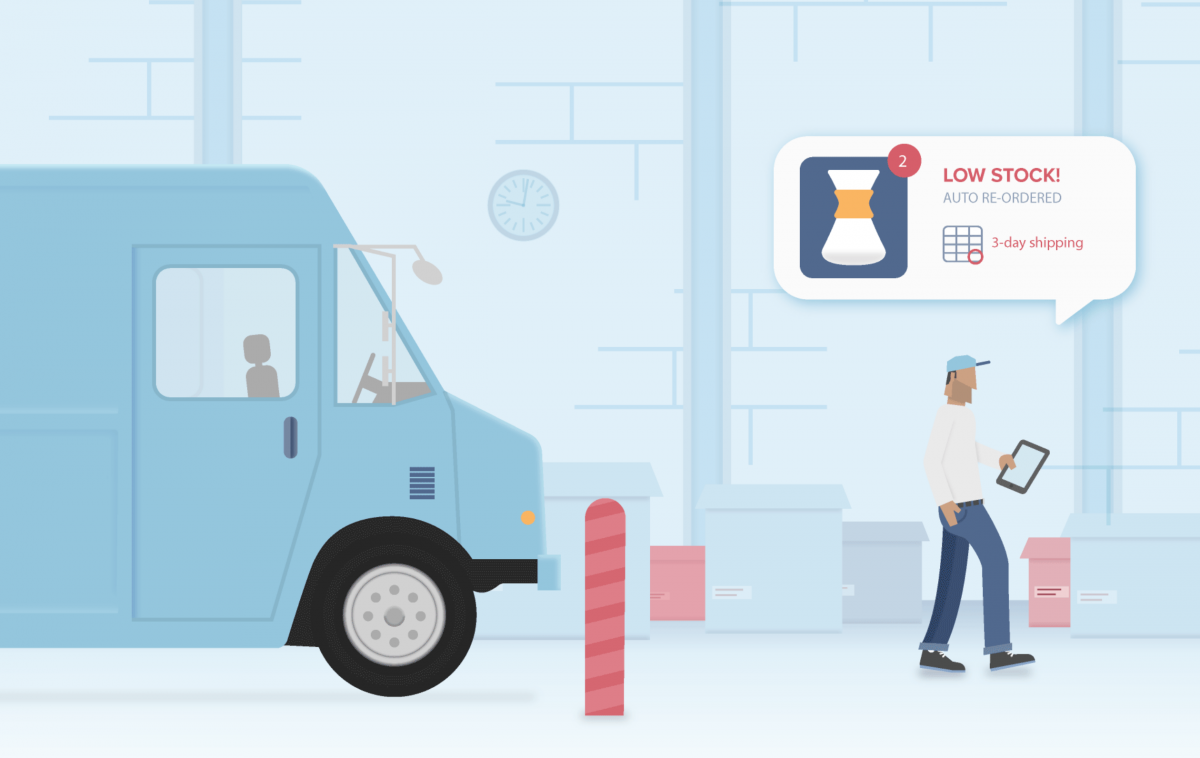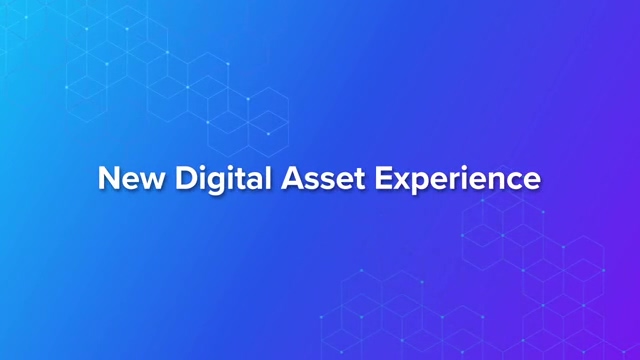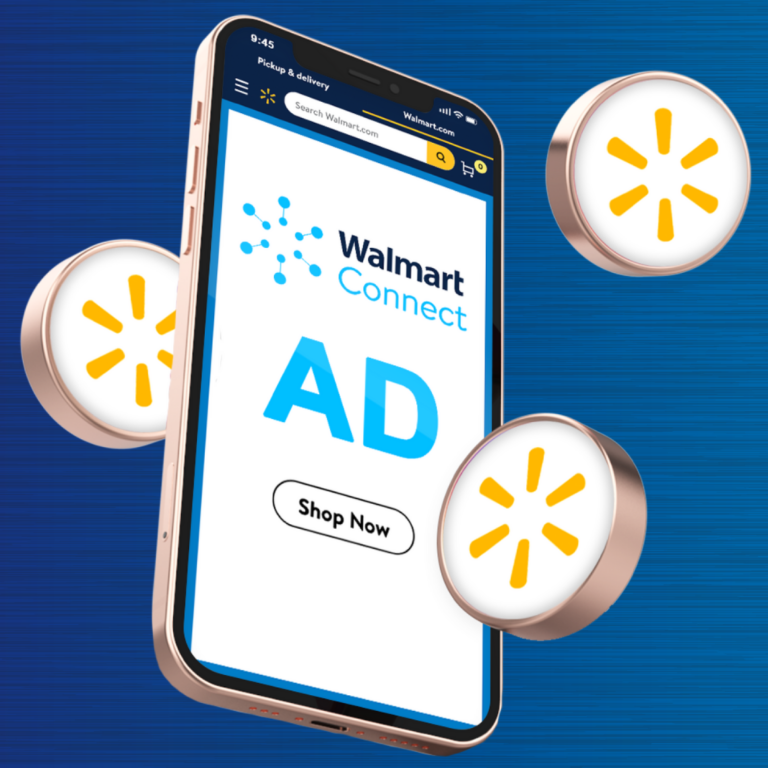
- Posted on
- • November 5, 2020
- Ecommerce 101
- Ecommerce Resources

Ecommerce fulfillment is not just about getting orders into the hands of customers—it involves meeting customer expectations and providing an accurate and efficient delivery experience. Studies show that 53 percent of shoppers won’t purchase an item online if they don’t know when it will arrive. A strong fulfillment process is key to staying relevant, competitive, and profitable in the current ecommerce climate.
With customer loyalty on the line, you need to make sure your fulfillment strategy is dialed in. In this article, we discuss what you need to know about ecommerce fulfillment and provide strategies for you to accelerate your operations and meet customer demand.
What is Ecommerce Fulfillment?
Ecommerce fulfillment includes the end-to-end procedures, workflows, and systems that allow businesses get products to customers. As an online seller, you are responsible for managing your inventory, packing the right products, and shipping to your customers in a timely manner.
Fulfillment Process
The fulfillment process involves multiple moving parts, including receiving and storing inventory, processing orders, picking items and packing boxes, shipping products, and processing customer returns.
Step 1: Plan Out Your Fulfillment Strategy
Here’s the truth: shoppers will turn to your competitors if they can’t get the speed and delivery that they want from you. Your fulfillment process is directly related to your ability to create trust with customers. A well-executed fulfillment strategy allows you to meet customer expectations, grow your business, and achieve success.
To have a smooth and accurate fulfillment process, you’ll need to take time to secure the infrastructure, processes, and teams you need. Consider aspects like the locations of your fulfillment centers, shipping zones, shipping integrations with your ecommerce platform, and your customer-facing shipping and delivery options to ensure timely fulfillment of your products.
You’ll also want to consider your fulfillment model. Online sellers commonly use one of three different ecommerce order fulfillment options: in-house fulfillment, drop-shipping, and third-party logistics. The best fulfillment model will depend on the size of your business, order volume, proximity to customers, and your overall online demand.
Step 2: Step Make Considerations for Peak Time
Efforts to limit the spread of COVID-19 have accelerated demand for online shopping and increased competition to new levels. To thrive, you need a fulfillment process that can be counted on both today and tomorrow and provide the agility to ramp up at any given time.
Your website needs to integrate seamlessly with your fulfillment systems and empower you to challenge disruption, meet customer needs, and automate time-consuming aspects. During this period of higher demand, you won’t have the time and resources to be bogged down by issues like rising overhead costs and monolithic systems. A strong ecommerce ecosystem allows you to focus on what matters: getting products to customers and turning purchasers into lifelong customers.
Step 3: Practice Inventory Management and Reduce Fulfillment Costs
Inventory management is the process of monitoring your goods on hand before they are fulfilled to customers. Since it involves ordering, restocking, and storing products, inventory is one of the biggest costs for online merchants—the average cost to fulfill an order is 70 percent of the average order value. Having the right amount of inventory on hand helps you to balance costs with opportunities to generate sales on your website.
To cut costs and improve your bottom line, you’ll want to practice effective inventory management. Consider optimizing your supply chain, measuring customer demand, reducing excess inventory, and offering subscriptions to automate the reordering process and save time and money. This increased efficiency helps to organize your fulfillment process and make it easier to find and package goods for your customers.
Step 4: Speed Up Shipping and Elevate Your Brand
Ecommerce moves fast, so your fulfillment strategy needs to be able to keep up pace. An organized and well-structured fulfillment workflow enables you to get products quickly to customers and reduce your lead time.
Depending on your order volume, you may need to expand your fulfillment centers to reach customers faster or partner with a third-party fulfillment provider to expand your shipping and delivery options. You could also consider a click and collect strategy that relies on retail locations for pickup and fast fulfillment. This could lower purchasing friction, drive sales and profit, and create more convenience for your customers.
Shipping speed is only part of the fulfillment experience. You’ll also want to take advantage of opportunities to enhance your customer service. Clear communication, real-time updates, convenient return policies, and branded packaging materials are effective ways to communicate your brand offerings and elevate the experience.

Creating the Best Ecommerce Fulfillment Experience
While a website is essential for growing your business, your ordering, delivery, and post-purchase experiences are what leads shoppers to revisit your business for future purchases. Failure to have an effective fulfillment strategy can cause dissatisfaction among shoppers and hurt your business in the long run. An organized, accurate, and efficient order fulfillment process allows you to deliver on your promise, meet the expectations of today’s shoppers, and secure a long-term customer base.
Is your online shopping experience up to par? Give your store a quick checkup to see how it measures up and discover ways to improve.




